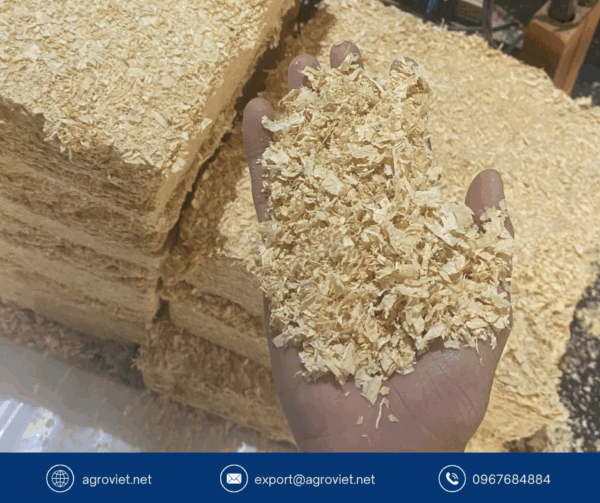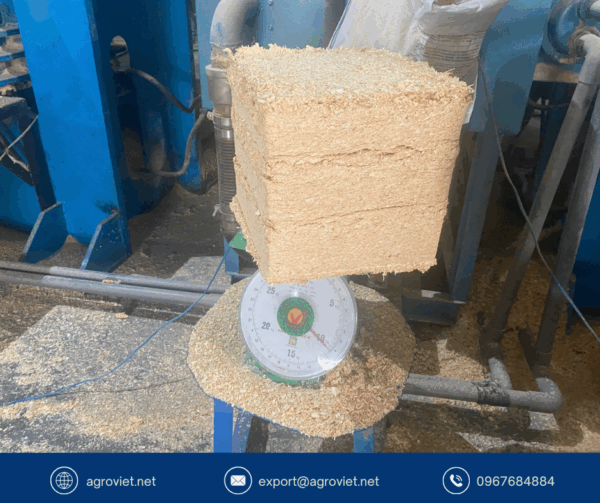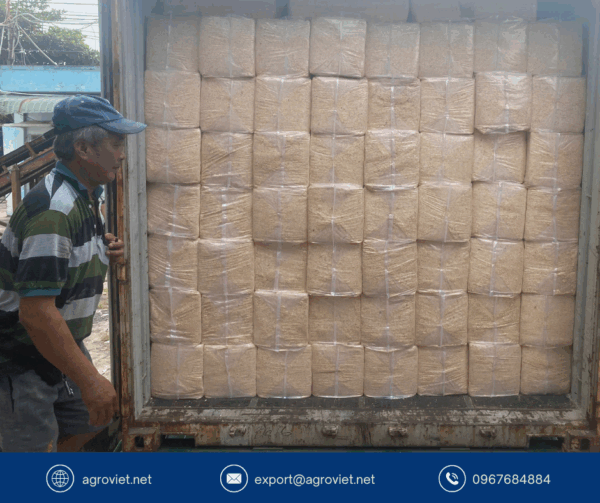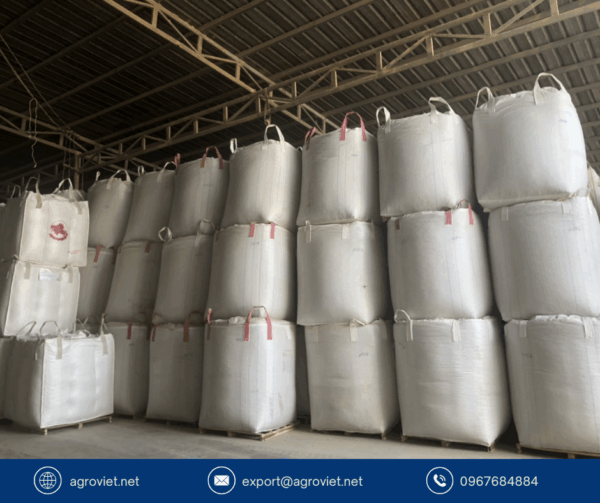How Kiln-Dried Pine Shavings Improve Stall Hygiene in Humid Barns
Humid barns, especially in winter, create a challenging environment for livestock, where high moisture levels foster mold growth, bacterial proliferation, and poor stall hygiene. These conditions can lead to health issues like mastitis, respiratory infections, and hoof diseases, contributing to mortality rates of 3-5% in dairy cows and other livestock, according to agricultural studies. Kiln-dried pine shavings, with their superior moisture control, mold resistance, and low pathogen load, are an optimal bedding choice for maintaining stall hygiene in humid barns. This post explores the science behind why kiln-dried pine shavings excel in these conditions, supported by insights from compost-bedded pack (CBP) barn research and a realistic case study, and highlights their synergy with wood pellets for enhanced performance.

The Challenge of Humidity in Barns
High humidity in barns, often exceeding 70% in winter due to limited ventilation and animal moisture output, promotes condensation, wet bedding, and mold growth. These conditions create breeding grounds for pathogens like Escherichia coli, Klebsiella spp., and Aspergillus, which increase risks of mastitis, pneumonia, and digital dermatitis. Research on CBP barns indicates that poor bedding management in humid environments can elevate somatic cell counts (SCC) and mastitis incidence by 20-30%, impacting milk quality and animal welfare. Effective bedding must absorb moisture, resist mold, and maintain a dry, hygienic surface to protect livestock health.
Watch more: https://www.youtube.com/watch?v=9b_IpYg0xjk
Why Other Bedding Materials Fall Short
Many bedding materials struggle to maintain hygiene in humid barns:
-
Straw: Absorbs only 1.5-2.5 times its weight in moisture, leading to wet, matted bedding that fosters mold and bacteria, increasing mastitis risk.
-
Green Sawdust: High moisture content (30-50%) promotes Klebsiella spp. growth, a known cause of environmental mastitis, and supports mold in humid conditions.
-
Coarse Hay: Clumps and mats in humid environments, reducing aeration and harboring pathogens, as noted in CBP studies.
-
Sand: Offers no moisture absorption, allowing urine to pool and bacteria to thrive, compromising hygiene.
These materials contribute to higher pathogen loads and mortality rates, with straw-bedded barns seeing 3-5% losses due to infections in humid conditions.

Why Kiln-Dried Pine Shavings Excel
Kiln-dried pine shavings, processed to reduce moisture content to 8-12%, are uniquely suited for humid barns due to their advanced properties:
-
Superior Moisture Control: Absorb 4-6 times their weight in moisture, wicking away urine and humidity to keep stalls dry and reduce condensation.
-
Mold Resistance: Kiln-drying at 120-180°C eliminates fungal spores and reduces moisture, preventing mold growth like Aspergillus even in humidity above 70%.
-
Pathogen Reduction: Low moisture content inhibits bacteria like E. coli and Klebsiella spp., reducing mastitis and respiratory infection risks by 50-70%, as seen in CBP studies.
-
Low Dust: Kiln-drying minimizes fine particles, reducing respiratory irritants that can exacerbate pneumonia in humid, poorly ventilated barns.
-
Ammonia Neutralization: Pine’s phenolic compounds bind ammonia, lowering levels to below 15 ppm, improving air quality and reducing stress on livestock lungs.
These qualities maintain stall hygiene, lowering SCC by 15-20% and mastitis incidence compared to green sawdust or straw, as demonstrated in CBP research.
The Science of Kiln-Dried Shavings
Kiln-drying enhances pine shavings’ effectiveness through specific mechanisms:
-
Moisture Reduction: Drying at high temperatures reduces moisture to 8-12%, compared to 30-50% in green sawdust, preventing microbial growth in humid conditions.
-
Thermal Sanitization: Kiln temperatures (120-180°C) kill fungi, bacteria, and weed seeds, ensuring a hygienic starting material, critical for CBP systems where bedding is composted in-situ.
-
High Absorbency: Shavings’ porous structure absorbs up to 600% of their weight in moisture, maintaining a dry surface that inhibits pathogens, as noted in CBP studies.
-
Thermal Insulation: Low thermal conductivity (~0.1 W/m·K) traps heat, reducing condensation on stall floors and maintaining a warm, dry environment.
-
pH Stability: Pine shavings maintain a neutral pH (5.5-7.0), supporting microbial balance in CBP systems without fostering harmful bacteria.
These properties align with CBP requirements for frequent aeration and moisture management, ensuring a hygienic bedding pack that supports animal health.
Benefits Beyond Hygiene
Kiln-dried pine shavings offer additional advantages:
-
Animal Welfare: Dry, soft bedding improves cow comfort, reducing lameness by 10-15% and enhancing lying time, as seen in CBP studies.
-
Mastitis Prevention: Lower pathogen loads reduce clinical mastitis cases by 20-30%, improving milk quality and yield.
-
Labor Efficiency: Shavings sift easily, cutting cleaning time by 50% compared to straw, and require less frequent replacement due to high absorbency.
-
Sustainability: Sourced from sawmill byproducts, shavings support a circular economy, aligning with SDG 12 (Responsible Consumption and Production).
Pairing shavings with wood pellets in high-traffic or wet areas, like near water troughs, enhances absorbency, further improving hygiene and reducing bedding use.

Case Study: The Green Valley Dairy
Meet Ellen and Mike Larson, who run Green Valley Dairy, a 100-cow operation in humid coastal Oregon, where winter humidity reaches 85%. In 2022, they used green sawdust in their CBP barn, but high moisture content led to mold growth and Klebsiella spp. proliferation. This caused a 4% mortality rate (4 cows) from mastitis and respiratory infections, with SCC averaging 400,000 cells/mL, above the regional average of 300,000 cells/mL. Cleaning wet, moldy bedding took 3 hours daily, and milk yield dropped by 5%.
In 2023, the Larsons switched to kiln-dried pine shavings, layering 4-6 inches in their CBP barn and adding wood pellets near water troughs. They aerated the bedding twice daily, as recommended in CBP research. The results were transformative:
-
Improved Hygiene: Mold was eliminated, and bacterial counts dropped by 60%, with no Klebsiella spp. detected.
-
Mortality Reduced: Only 1 cow (1%) was lost, a 3% improvement, due to lower infection rates.
-
Milk Quality Enhanced: SCC fell to 250,000 cells/mL, boosting milk yield by 8% (from 28 to 30.2 kg/day).
-
Labor Savings: Cleaning time dropped to 1.5 hours daily, a 50% reduction, due to easy sifting.
-
Cost Efficiency: Shavings’ absorbency cut bedding use by 25%, saving $1,000 annually.
Ellen shared, “Kiln-dried shavings transformed our barn. It’s dry, clean, and mold-free, and our cows are healthier. We’re saving time and money while producing better milk.” The Larsons now use Platts Bedding shavings for their consistent quality and hygiene.
Practical Tips for Using Kiln-Dried Shavings
To maximize hygiene benefits in humid barns:
-
Deep Bedding: Apply 4-6 inches of shavings to ensure absorbency and insulation, adding 2-3 pounds per cow daily.
-
Pellet Layering: Use wood pellets under shavings in wet areas to boost moisture control.
-
Frequent Aeration: Stir bedding 1-2 times daily, as in CBP systems, to promote drying and prevent clumping.
-
Daily Cleaning: Spot-clean urine and manure to maintain dryness and reduce pathogen growth.
-
Ventilation: Use fans or under-floor aeration, as noted in CBP studies, to reduce humidity below 60%.
-
Dry Storage: Store shavings in a covered area to maintain low moisture content.
Choosing Quality Shavings
Select kiln-dried pine shavings with moisture content below 12% and minimal dust to ensure mold resistance and respiratory safety. Avoid green or wet shavings, which harbor pathogens like Klebsiella spp. Premium shavings, like those from Platts Bedding, are processed for consistent flake size, low dust, and high absorbency, making them ideal for humid barns and CBP systems.

A Hygienic Solution for Humid Barns
Kiln-dried pine shavings are a game-changer for stall hygiene in humid barns, reducing pathogen loads, mold growth, and mortality rates by 3-5%, as seen at Green Valley Dairy. Their moisture control, mold resistance, and ammonia neutralization create a clean, healthy environment for livestock, aligning with CBP principles of frequent aeration and dry bedding. By pairing shavings with wood pellets, farmers can enhance hygiene and sustainability. Switch to kiln-dried pine shavings this winter to ensure a dry, hygienic barn and healthier livestock.
Read more: https://vietnambestwood.com/general/humidity-in-barns-in-winter-mold/
